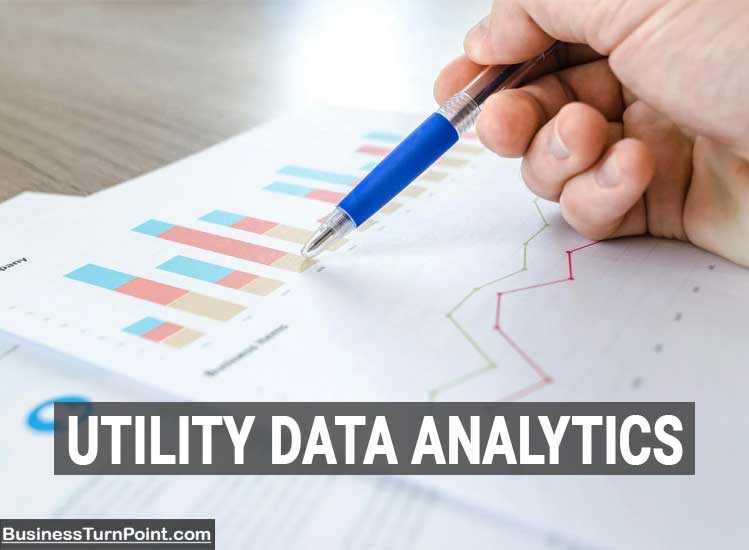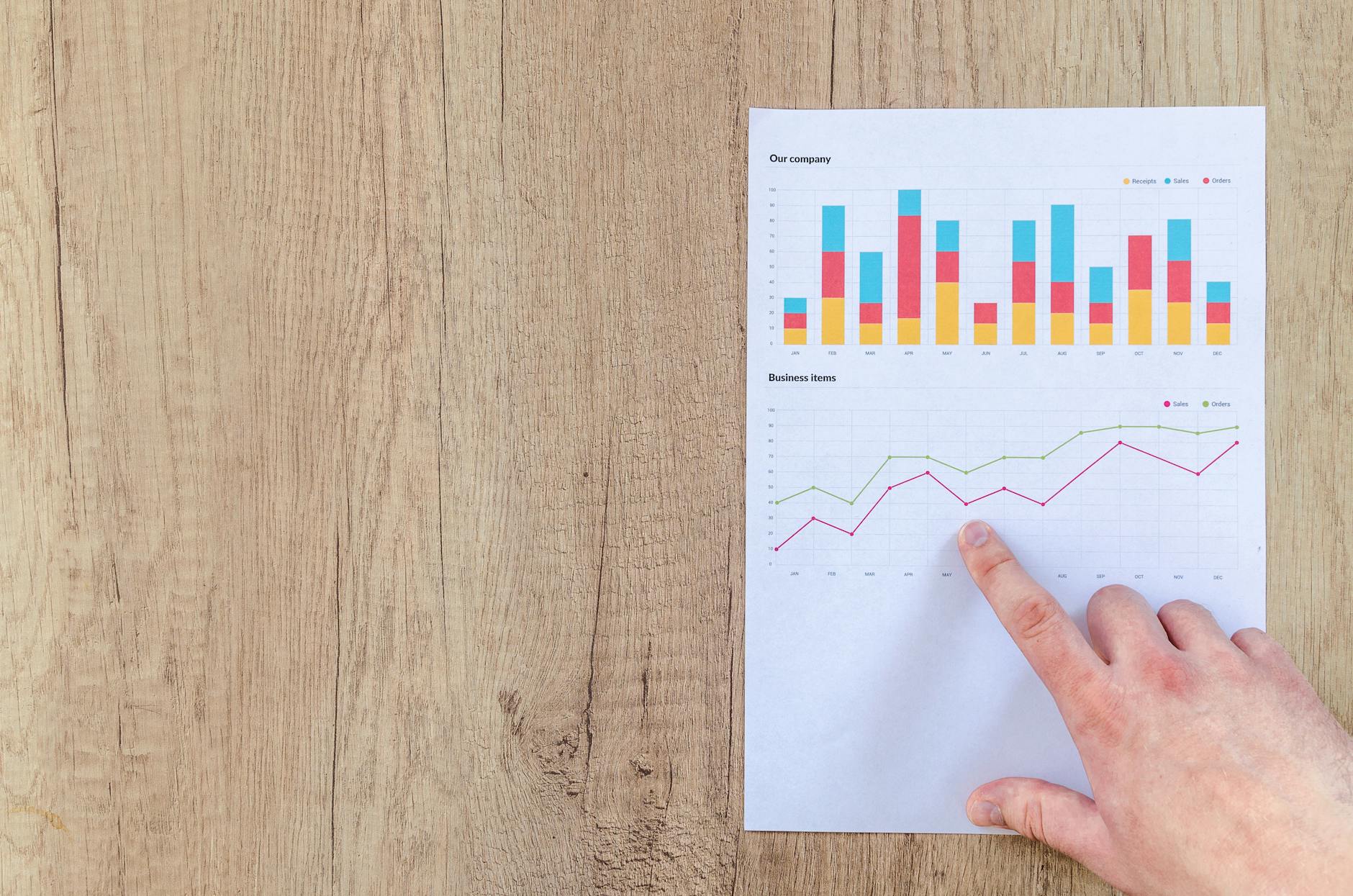Physical Address
304 North Cardinal St.
Dorchester Center, MA 02124
Physical Address
304 North Cardinal St.
Dorchester Center, MA 02124

Have you ever wondered how utilities optimize operations and provide reliable services in today’s data-driven world? Utility data analytics is the secret sauce empowering utility companies to turn massive datasets into actionable insights. This advanced technique is not just about numbers; it revolutionizes everything from energy distribution to customer satisfaction.
Imagine knowing exactly when and where power outages will occur or predicting maintenance needs before a failure happens. That’s what utility data analytics can achieve.
Here are some main benefits:
Ready to unlock the power of utility data analytics? Keep reading to explore its applications, learn about the tools of the trade, and understand how you can implement this in your utility sector. Dive into the advantages and see how to stay ahead in this ever-evolving field.
Utility data analytics transforms utility companies’ operations, making services more efficient and cost-effective. Let’s break down what this means and how it works.
Utility data analytics involves collecting and analyzing data generated by utility operations, such as electricity, water, or gas services. This data is vast and detailed, often called big data, and requires sophisticated analytics software.
Imagine having sensors everywhere in a utility network. These sensors continuously collect data about usage, performance, breakdowns, and more. Using big data analytics, utilities process this massive volume of information to find patterns, predict future events, and make data-backed decisions. This can lead to better service reliability, reduced costs, and happier customers.

Utilities gather various types of data to ensure a smooth functioning service. Here’s a closer look:
How do utilities turn this data into actionable insights? It all starts with the data collection process:
One of the key technologies here is machine learning, which helps predict future incidents based on historical data. Utilities can map out precise action plans tailored for efficiency and reliability by combining multiple data sources.
Understanding utility data analytics is pivotal for modern utility services. It’s not just about collecting data; it’s about making that data work actively to improve services and operations, creating a more competent and reliable utility network.
Utility data analytics offers numerous advantages for utility companies, ranging from better operational efficiency to major cost savings. Here, we explore some of the key benefits that are transforming the sector.
Utility data analytics can significantly enhance operational efficiency. By analyzing vast amounts of data, utility companies can:
For example, smart meters and sensors collect real-time data, helping utilities make data-driven decisions that prevent overloads, better manage loads, and ensure smooth functioning.

Improving customer satisfaction is another critical benefit of utility data analytics. How exactly does it make a difference?
Utilities can offer more responsive and reliable services by leveraging customer data, enhancing overall customer satisfaction.
Utility data analytics plays a pivotal role in predictive maintenance and reducing downtime. How?
With data-driven maintenance, utilities can keep their systems running more smoothly, significantly reducing unexpected outages.
Utility data analytics not only saves money but also generates new revenue streams. Here’s how:
Moreover, data analytics enables smarter investment decisions, ensuring that every dollar spent contributes to better service and higher returns.
By harnessing the extensive benefits of utility data analytics, utilities streamline their operations, enhance customer satisfaction, ensure preventive maintenance, and create cost-effective, revenue-generative solutions. This is a win-win scenario for both utility providers and their customers.
Utility data analytics is rapidly advancing, providing critical insights across various utilities such as electricity, water, and gas. This power-packed technology can optimize operations, enhance customer satisfaction, predict maintenance needs, and much more. Let’s explore some specific applications.
Electric utilities harness data analytics for numerous essential tasks. Examining vast datasets from generation to distribution ensures a more efficient, reliable power supply.
Use Case Example: Using historical consumption data, utilities can forecast peak demand times. By dynamically adjusting supply, they prevent overloading, significantly reducing the risk of outages.
For water utilities, data analytics is a game changer in managing everything from leakages to water quality. It ensures resource conservation and service reliability.
Fun Fact: Early leak detection can save millions of gallons of water annually, akin to maintaining a vast reservoir.

Gas utilities benefit immensely from data analytics by improving pipeline monitoring, hence enhancing safety and operational efficiency.
Safety Insight: Using data analytics to continuously monitor and predict pipeline conditions, utilities can prevent catastrophic failures, protecting assets and lives.
Utility data analytics offers numerous applications across various industries, each bringing considerable benefits. This critical technology not only streamlines operations but also assures safety, productivity, and customer satisfaction through informed decision-making.
Implementing utility data analytics can significantly improve utility companies’ operations, yet it does come with numerous challenges. Overcoming these hurdles is essential for maximizing what data analytics can offer. Below, we explore some of the most pressing challenges.
One of the most critical challenges in implementing utility data analytics is ensuring data quality and seamless integration. Utilities gather data from various sources—sensors, meters, consumer reports—all of which must be combined into a cohesive whole.
Issues that commonly arise mean dealing with:
Addressing these issues requires adopting standardized data formats and establishing robust data governance policies. Harmonizing data from different sources through transformation and enrichment processes can make data more consistent and useful.
When handling vast amounts of utility data, safeguarding privacy and security becomes vital. Utility data often includes sensitive information like customer usage patterns and personal identifiers, making it a lucrative target for cyber-attacks.
Key measures to ensure data security include:
Holding consumers’ trust means that utilities must prioritize confidentiality and integrity, complying with stringent regulatory requirements to protect customer data.

Successfully leveraging data analytics tools in the utility sector requires a specialized skillset. This isn’t just about having IT experts; it’s about equipping regular utility staff with the knowledge to make informed decisions using data insights.
Why is this challenging? Consider:
To bridge this gap, utilities must prioritize training programs, workshops, and certifications that focus on building proficiency in data analytics. Collaborative environments where data scientists and utility staff work together can foster learning and innovation.
Navigating these challenges is fundamental for the effective implementation of utility data analytics. Understanding and addressing data quality, privacy concerns, and skills development will ensure utilities can unlock the full potential of their data systems.
As technology advances, utility data analytics is transforming in exciting ways. Here’s a look at future trends set to revolutionize the industry.
Artificial Intelligence (AI) and Machine Learning (ML) are becoming critical in enhancing utility data analytics. These technologies can process huge amounts of data much faster than humans, helping utilities make smarter decisions.
Imagine a system that knows when a transformer is likely to fail before it happens. AI and machine learning make this possible, ensuring smooth and uninterrupted utility services.
The Internet of Things (IoT) and smart grid technologies are revolutionizing the way utilities manage their operations:
These technologies make the utility network more intelligent and responsive, bringing us closer to a future where utilities operate seamlessly around the clock.
Data analytics is pivotal in promoting sustainability and reducing the environmental impact of utility operations.
Utility data analytics is about improving operations and making those operations more environmentally friendly. This means a cleaner, greener future for everyone.
The future of utility data analytics looks brighter than ever. With AI, IoT, and smart grids, utilities are transforming their operations, resulting in smarter, more sustainable services for everyone.
Utility data analytics is essential for modern utilities to stay competitive, improve efficiency, and enhance customer satisfaction.
By integrating advanced data techniques, utilities gain invaluable insights that drive decision-making. Enhanced grid management, predictive maintenance, and cost-effective operations are just a few advantages shaping the industry.
Embrace the future with utility data analytics. Stay informed, adapt quickly, and ensure your organization thrives in this data-powered age.